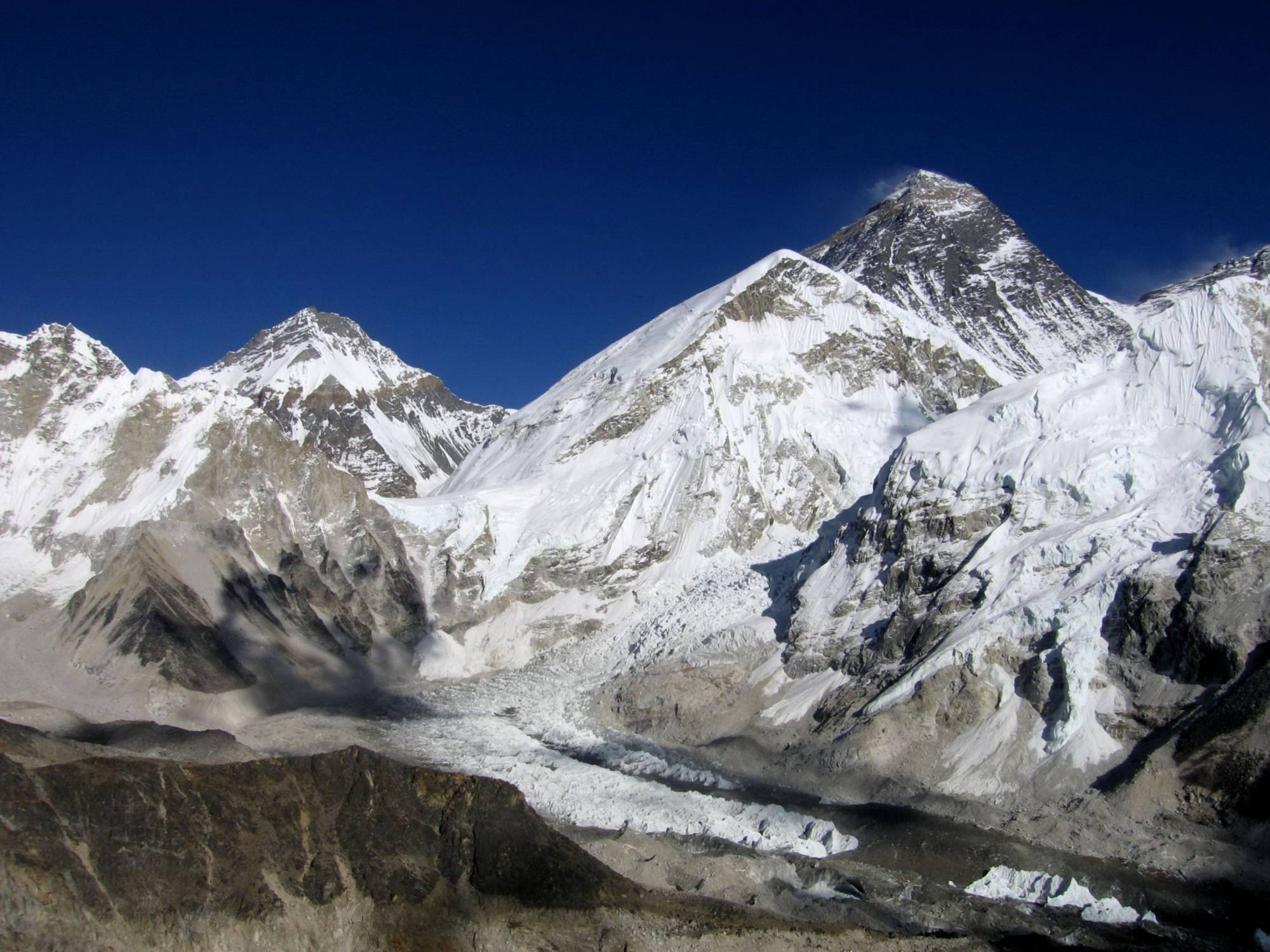Climate science started on mountaintops. John Tyndall was a mid-19th-century British scientist and devoted mountaineer who scaled several Continental peaks, making the first recorded trip up Switzerland's Weisshorn. He sketched out the glaciers he saw there, and how they moved. By 1859, he’d become the first European to demonstrate that carbon dioxide absorbs heat.
Another extraordinary mountain expedition posing big climate science questions occurred last year, to Mount Everest. For two months, 34 scientists (along with sherpas and aides) turned the top of the world into a scientific laboratory. The results were published in 16 papers last week in the journal One Earth.
In a welcome turn from conventional science publishing, the collection self-consciously tells a powerful, resonating story of change at the world's tallest peak, the reasons why it's happening, the people affected by it, and what to do about it. The Himalayas are commonly called the "Third Pole" — the first and second being the North and South ones — because of the scale of the ice there. The human implications are enormous, as 1.65 billion people live close enough to the Hindu Kush Himalaya system to be affected by changes to it, and 240 million live within the area.


















With your current subscription plan you can comment on stories. However, before writing your first comment, please create a display name in the Profile section of your subscriber account page.